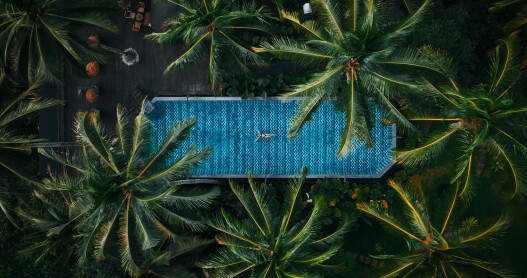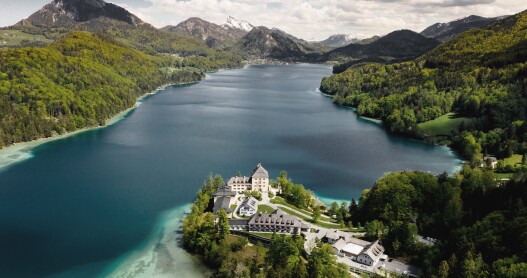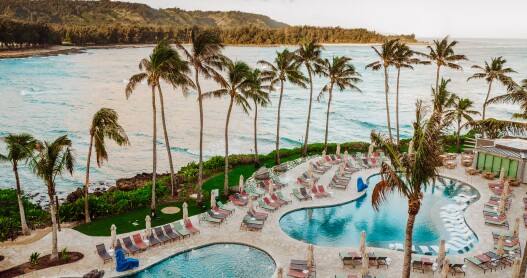Overview
Beaches
Eight major islands comprise the Hawai‘ian archipelago, meaning there’s coastline in abundance and a beach for everyone. Adventurers skirt the edges of Kaua‘i’s Napali Coast by kayak. Sun worshipers lounge around lazy Lanikai Beach on O‘ahu and on Maui’s Kaanapali Beach, where the sun feels so close it’s hard to believe you’re at sea level. Beaches like Punaluu Beach on the Big Island—with its black sand—and the Red Sand Beach on Maui reward day-trippers with their psychedelic scenery. Meanwhile, the gravity-defying waves of the Banzai Pipeline hurl themselves against O‘ahu’s North Shore in winter, and the churning surf of nearby Waimea Bay seems like it can’t be made of the same gentle stuff that kisses the coast off Lāna‘i.
Away from the Beach
Rings of coastline protect each island’s heart, and it’s well worth leaving the beach to explore inland. On the Big Island, travelers dip into the Waipio Valley—scooped out of the island’s north side—or summit the Mauna Kea volcano at twilight to touch the stars above. On Oʻahu, hikers scale the Koko Head Crater or follow trails of rainbows dancing above the lush Manoa Valley. No matter where they are based, visitors seeking to learn more about the archipelago have options for various guided tours. Paniolo Adventures, for example, guides horseback rides that offer views of the coastline, volcanoes, and ancient historical sites.
When’s the best time to go to Hawai‘i?
With great weather throughout the year, there’s no bad time to visit Hawaiʻi. Hurricane season, from June to November, rarely touches the islands.
Food and drink to try in Hawai‘i
The bounty of land and sea is evident in Hawaiʻi’s cuisine, which shows South Pacific, Asian, and even Portuguese influences. Roy’s, a popular restaurant located on three islands, serves blackened ahi and macadamia nut-crusted opah, while Yama’s Fish Market in Honolulu presents numerous appetizers and simple staples like beef stew. Humble roadside stands serve lau lau (pork wrapped in taro leaf) or poke (seafood tartare). Hawaiʻian hospitality has been exported in a glass via the mai tai and lava flow cocktails. For something sweet, try a deep-fried malasada doughnut from Leonard’s Bakery in Honolulu, a chocolate haupia cream pie from Ted’s Bakery on Sunset Beach, or a syrupy shave ice from the famous Matsumoto Shave Ice in Haleiwa.
Culture in Hawai‘i
Hawaiʻi was colonized by Polynesians and has long drawn visitors from Asia, Oceania, and North America. The ‘Iolani Palace—where Hawaiʻi’s last royal family lived and ruled—should be the first stop for anyone interested in the islands’ heritage. Across the street, the historic Ali’iolani Hale building was featured on the TV series Hawaii Five-0. Also check out the Bernice Pauahi Bishop Museum, where fascinating artifacts range from ancient weapons to the feathered cloak of King Kamehameha I. To this day, the islands’ varied influences are united by the uniquely Hawaiʻian spirit of aloha.
How to get around Hawai‘i
Most domestic and international arrivals land in Honolulu. Hawaiian Airlines, Island Air, and Mokulele Airlines operate inter-island flights. The islands are large enough to make a car rental worthwhile. If you plan to stay in one place, taxis and shuttles are easy to arrange.
Practical Information
Credit cards are not accepted everywhere, so travelers should carry some cash when shopping. A 15–20 percent tip is standard for restaurant bills, 15 percent for taxi fares, and $1–2 per bag handled at a hotel. Tips for tours start at $5 and increase based on tour length. Outlets are 110 volt.


























